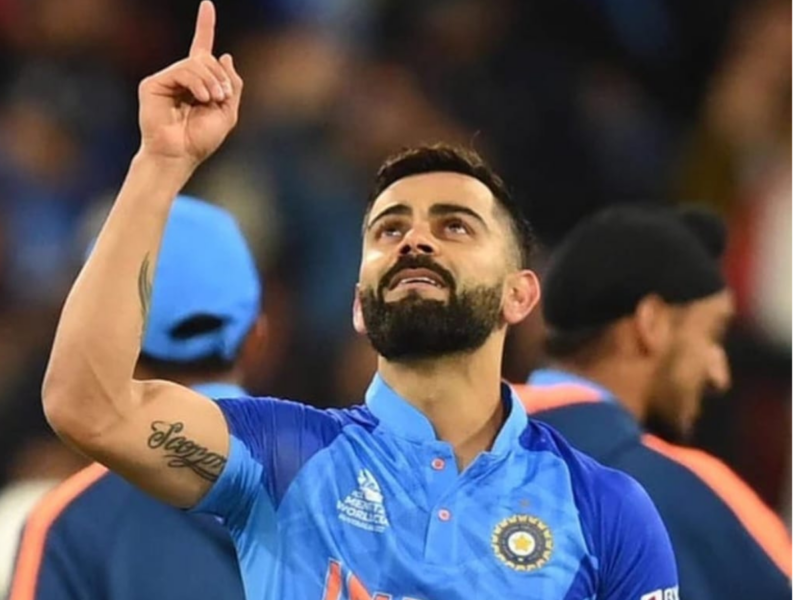Golf was brought to India by the British, making India the second-most golf playing nation in the world. now, there are 131 civilian golf courses. but the game has no mass following
Over four decades ago, a sport like cricket was believed to be elitist and expensive. One can laugh at those perceptions today, but they existed. In Delhi, invariably St. Stephens and Hindu College, the two most prestigious colleges that attracted middle and rich classes, reached the intra-university finals. Cricket gear, especially the bat, was expensive. The rich got them from abroad; ah, the Gray Nicolls — a mere smack and the ball would race towards the boundary, or fly over the fence. How could a poor cricketer match it? This changed after India won the World Cup ODI in 1983.
Now the composition of the national dressing room has changed — there are players from small towns and villages. There are institutions and mechanism to support an emerging talent from anywhere in the country. This too can happen with golf, which too is perceived to be an elitist and expensive sport at the moment. In addition, unlike cricket, golf is restricted — access is limited to places that have a golf course, and that’s just a handful of them across the country. Cricket, you see, can be played anywhere — even in the streets.
Patriot looks at the present state of golf in India, why it’s associated with a style statement, and what can be done for the game.
Sport of the powerful
Who plays golf internationally? A millionaire or their children, who jet-set across the globe to play in exotic courses! The senior corporate managers, who see it as a perk to grab an expensive golf club membership, laze around on the weekends, and play the game with their friends. Retired and active bureaucrats, who wish to get whatever memberships they can. And, of course, the middlemen and networkers, for whom the course and club is a place to schmooze and get deals done. You get the idea, right.
But, according to some of the golfers and administrators, the golfing world around us, especially in India, is undergoing a change. Says Dominic Wall, director, R&A, a golf association, “I think the perception sometimes is not what the reality is. Golf is quite accessible, may be not so much in the big cities like Delhi, Mumbai and Kolkata, where there are limited facilities, but certainly in country areas or smaller towns.” Nandita Rao, vice chairman, Indian Golf Union (Ladies), adds, “Even lower middle class families have introduced their children to it.”
The trick, as we witnessed in the case of cricket, is two-fold — get the millions to play the sport (in cricket, everyone wanted to be a part of the World Cup-winning squad), and give them infrastructure support. China didn’t have a golf course till 1984. Today, Wall said that it has 500 courses, and 50,000 active golfers. Golf became a kind of China’s national game, and each province and major city has a golf team and a golf programme. Wall told Patriot at the India Golf Expo that India needs a strategy to “encourage younger people through schools, junior programmes and clubs”. Rao adds that this is happening as golf courses hold events for “students and staff’s children to teach them, and provide them with the golf sets.
Initiatives like the ‘India Learn Golf Week’, which will be organised by the Golf Industry Association and Golf Association of America in September this year, can help. It will be held in all the golf clubs in the country, and hopes to initiate 28,000 new golfers into the sport in the first year. Mike Round, director, Ladies European Tour, feels that the various golf bodies of India should jointly work than individually to improve the picture of golf in India.
Rural infrastructure
Golf’s ability to transform the local economies is unrecognised — generate revenues and provide employment to the youth. In 2015, says the Ken’s Golf Industry Report (2017), the sport generated an annual ‘direct value’ of nearly R20 billion, and generated nearly 13,000 jobs. Golfing can become a part of the overall states’ strategy to enhance the attractiveness of certain places as tourist destinations. Global golfers crisscross the world, and spend huge amounts to play golf in exciting, exotic courses.

A 2013 report, “The Economic Impact of Golf on the Economy of Europe”, by The Professional Golfers’ Association, concluded, “The game of golf is contributing over €15.1 billion (annually) to the European economy…. In order to understand the comparative scale of the golf economy in Europe, it is worth considering… that staging the 2012 Olympic Games in London cost €11.5 billion.” More importantly, the report said that despite the Global Financial Crisis of 2008, “Golf indeed has been relatively recession resistant when compared with most industries….”
It’s easier to construct and replicate golf-driven tourism in India for various reasons. A major requirement for a golf course is huge tracts of land, which is both unavailable in urban areas, and extremely expensive. This isn’t true in the villages and semi-urban spaces. Kavita Singh, president, Women Golfers Association of India (WGAI), dreams of taking the sport to the villages. She believes that the state governments should ‘willfully intervene’ to provide land. Champika Sayal, secretary general, WGAI, wants the states to urge the local bodies and academia to uplift golf.
Another advantage with India is that it has beautiful and exotic locations to build golf courses. Among the world’s most beautiful courses include those that are situated in mountains (Big Sky Golf Club and Country Club, British Columbia, Canada), along the coast (Tralee Golf Club, Ireland), and in the harbour (Bay Harbour Golf Club, Michigan, USA). And then there is the classic Pebble Beach Golf Course, California, USA. In a single country, India can offer the range of such courses, and more.
Caddies-turned-golfers
Next time you visit a golf course, or watch the sport on TV, focus on the people, who lug the golf kits for the players, and help the latter search for the mis-hit balls. Those are the caddies, who possibly spend the maximum time on the courses to earn their meagre livelihoods. But, like the ball boys in tennis, some of them become golf stars. Indian golfers such as SSP Chowrasia, Harendra Gupta, C Muniyappa and Ashok Kumar (son of a carpenter) were caddies, and became international names. The last two aren’t even formally educated. So, there’s always hope for the poor.





